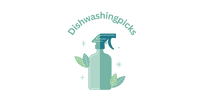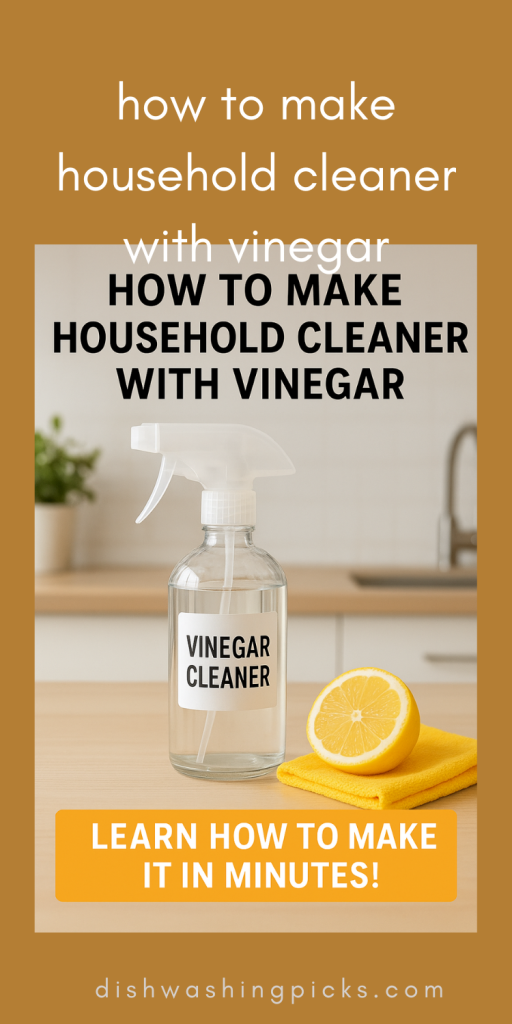Ever stared at that grimy countertop and thought, “I wish cleaning didn’t feel like a battle every time”? Me too. Enter vinegar—a humble kitchen staple that doubles as a surprisingly powerful cleaning superhero. Seriously, this stuff is like the Swiss Army knife of household cleaners.
Imagine this: no harsh chemicals, no overwhelming smells, just simple, affordable ingredients that actually work. And the best part? You probably already have everything you need at home. It’s eco-friendly, wallet-friendly, and, honestly, kinda satisfying to mix up your own cleaner.
So, grab your spray bottle and let’s turn that vinegar into your new cleaning sidekick.
Why Vinegar Makes a Great Household Cleaner
You might be thinking, “Really? Vinegar?” Yep. And here’s why:
- Powerful against grime – Its acidity helps break down dirt, grease, and soap scum effortlessly.
- Disinfecting properties – While not as strong as bleach, it does a great job killing certain bacteria and germs.
- Eco-friendly and non-toxic – No harsh chemicals floating in your home or down the drain.
- Budget-friendly – A bottle costs next to nothing, and a little goes a long way.
Think of vinegar as your trusty sidekick: quiet, unassuming, but ready to tackle messes like a pro.
What You’ll Need
Before we jump into mixing, let’s gather the essentials:
- White vinegar – the star of the show.
- Water – usually distilled or filtered for best results.
- Spray bottle – any clean bottle will do.
- Optional: essential oils – for a fresh scent, like lemon, lavender, or peppermint.
- Optional: baking soda – for extra scrubbing power on tough spots.
Quick tip: don’t worry about fancy measurements yet—we’ll get into that next.
Step 1: The Basic Vinegar Cleaner
Here’s the simplest version to get you started:
- Fill a spray bottle about halfway with white vinegar.
- Top off the rest with water.
- (Optional) Add 5–10 drops of essential oil for a pleasant scent.
- Shake gently to mix.
And that’s it! You’ve got a basic, all-purpose cleaner ready to tackle countertops, glass surfaces, and even bathroom fixtures.
Step 2: Advanced Vinegar Cleaner Recipes
Once you’ve mastered the basic mix, you can tweak it for different cleaning jobs around your home. Think of it as customizing your cleaning toolkit.
1. Kitchen Degreaser
Greasy stovetops? Spilled cooking oil? This one’s for you.
- 1 cup white vinegar
- 1 cup water
- 1 teaspoon dish soap
Mix gently in a spray bottle. Spray the greasy areas, let it sit for a couple of minutes, then wipe clean with a microfiber cloth. Imagine cutting through layers of stubborn grease like a hot knife through butter—satisfying, right?
2. Glass and Mirror Cleaner
Smudgy mirrors and streaky windows are no match for this:
- 1 part vinegar
- 1 part water
- Optional: a drop of lemon essential oil
Spray lightly and wipe with a microfiber cloth or crumpled newspaper. Pro tip: use vertical strokes followed by horizontal strokes for a streak-free shine.
3. Bathroom Mold & Mildew Fighter
Bathrooms can get grimy fast. Vinegar is a natural ally against mildew:
- 1 cup vinegar
- 1 cup water
- Optional: 10 drops tea tree oil (a natural antifungal)
Spray directly on tiles, grout, or shower curtains, let sit for 15–20 minutes, then scrub or wipe clean. That earthy smell? Just a sign it’s working—essential oils can mask it if you prefer.
4. Floor Cleaner
For tile, vinyl, or linoleum floors:
- 1 cup vinegar
- 1 gallon warm water
Mop as usual and watch dirt vanish. Bonus: vinegar naturally deodorizes, leaving your floors smelling fresh without chemical perfumes.
Step 3: Tips for Using Vinegar Safely and Effectively
Vinegar is amazing, but there are a few things to keep in mind:
- Avoid natural stone surfaces – Marble, granite, or limestone can get etched by acid. Stick to tile, glass, metal, or sealed surfaces.
- Test first – Always spray a small hidden spot before using a new recipe widely.
- Don’t mix with bleach – Seriously, never do this. It creates toxic chlorine gas. Yikes.
- Store in a cool, dark place – Vinegar keeps for ages, but light and heat can degrade essential oils.
Think of it like training a superhero—you want them performing at their best without accidental chaos.
Final Thoughts: Your New Cleaning Sidekick
And there you have it: a full guide to making household cleaners with vinegar that actually work. From basic all-purpose spray to grease-busting, glass-shining, and mildew-fighting mixes, you now have a versatile toolkit for sparkling clean surfaces.
Imagine walking through your home, everything shiny, smelling fresh, and knowing you made it all yourself—without harsh chemicals, without spending a fortune, and without feeling like cleaning is a chore. That’s the beauty of vinegar as a DIY cleaner: simple, effective, and satisfying.
So next time you’re facing smudges, grease, or bathroom grime, remember: you’ve got a bottle of liquid magic ready to save the day.

